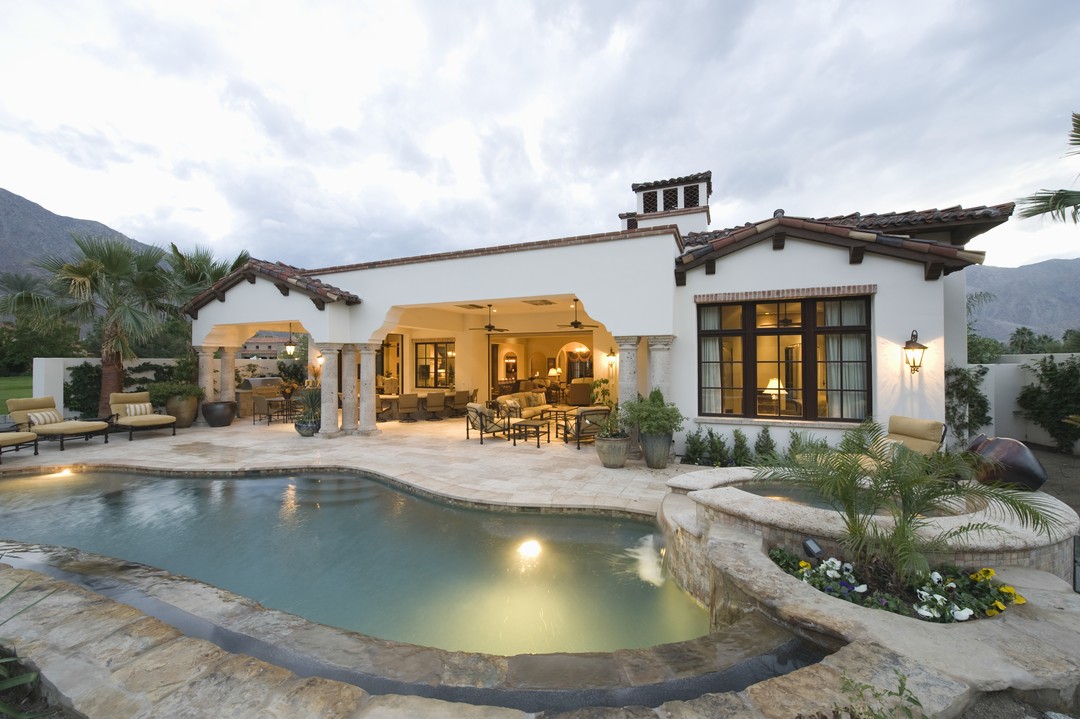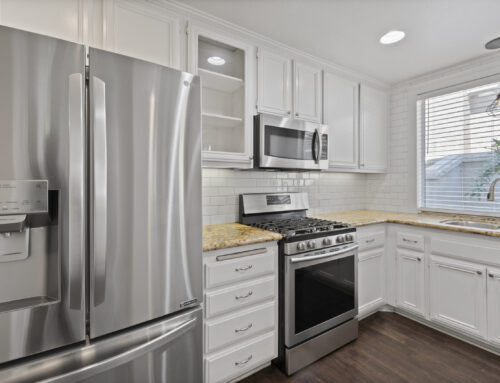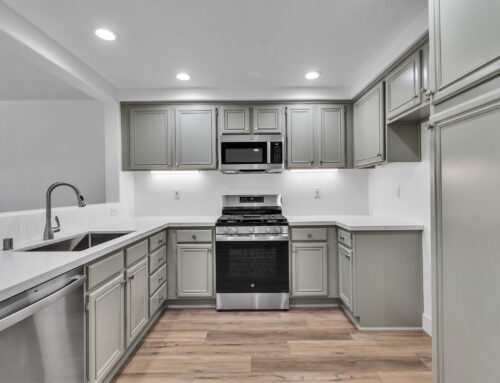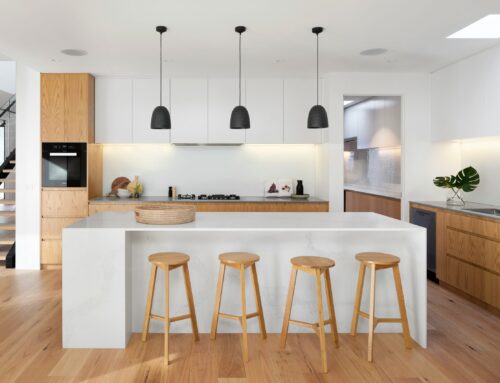HAPPY NEW YEAR!!! Now, what does that mean for Orange County real estate?
First, let’s take a look back at what happened in 2016 in terms of the inventory, demand, expected market time, luxury properties, and distressed properties.
Active Inventory: Strong demand and the trend in homeowners not moving kept the inventory at very low levels all year.
The year started with an active inventory of 4,400 homes on the market and ended with a little over 4,200. A total of 44,000 homes came on the market in 2016, identical to 2015. That may seem like a lot; however, it’s 31% fewer than the number of homes that came on the market annually prior to the Great Recession. A major housing trend that started in 2008 in the midst of the recession was fewer homeowners opting to sell their homes. The 44,000 homes pales in comparison to 2005 when 64,000 homes were placed on the market. It’s no wonder buyers were tripping over themselves to find a home to purchase in 2016.
Cutting into the inventory a bit was closed sales. In 2016, there were 650 more closed sales, 2% more than 2015.
Other than starting the year off with fewer homes on the market, 2016 looked a lot like 2015 in terms of the inventory. The peak of 7,329 homes was reached in mid-July due to slightly stronger demand during the summer than what is typical. The Orange County yearly peaks tend to occur during August. The 2016 peak was still slightly higher than last year’s peak of 7,167.
Nonetheless, the active inventory has remained at anemically low levels since the start of 2012, and has been a seller’s market ever since. The long term active listing inventory average is 8,000 homes, and it has only reached that level for a few weeks in the summer of 2014.
In order for the market to start tilting in the buyer’s favor, the active inventory not only has to eclipse the 8,000 home mark; it needs to remain consistently above that threshold for a long period of time. Only when there is extra supply will appreciation slow. Until then, we can expect more of the same, slow methodical appreciation.
Homes are not appreciating as swiftly as they did in both 2012 and 2013. With low interest rates and very hot demand, the only reason the inventory grew at all this year was on the backs of overpriced sellers. Buyers were willing to stretch a tad in the hotter ranges, below $750,000 for detached homes and below $500,000 for condominiums. However, sellers who juiced their price to leave negotiating room, or were afraid to leave money on the table, or simply wanted to see if they could get more, learned a hard lesson in pricing and success. Success only comes by meticulously pricing a home according to its true Fair Market Value. Price above that value and homes sat on the market with no offers until the price was properly adjusted.
The inventory grew by 60% from January through July. And, as Orange County housing transitioned from the Summer Market to the Autumn and Holiday Markets, the inventory dropped by 42%. In the past two weeks alone, the inventory has shed 12%, 555 homes, and now totals 4,234, the lowest level since June 2013. Over the past twelve years, only 2013 had fewer homes to start a New Year with 3,161. Home price appreciation has everything to do with supply and demand. With such a low supply, 2017 is definitely starting on the right foot.
Demand: With record low interest rates in the mid 3’s, demand continued to sizzle in Orange County.
This year demand had a bit of a slower start due to a speed bump in the Chinese economy, a worldwide stock market correction, and a detrimental drop in the price of oil. This was accompanied by a flight to the safety of long term government bonds, especially United States treasuries. The rush to bonds helped fuel this year’s boom by ushering in mortgage rates in the mid 3’s. Despite higher prices in Orange County, the low interest rates helped improve home affordability and buyers took advantage.
For the first couple of months, demand was off by 5% compared to 2015, but by mid-March, the slower start was in the rearview mirror. Oil, China, and international stock markets were on stronger footing as well. The Orange County housing engine, along with the rest of the country, was vibrant and making up for lost time. The second half of the year experienced 10% stronger demand with interest rates remaining at historically low levels.
It was not until after the election that interest rates rose to the mid 4’s, too late to have any kind of an effect on the housing market. It came at a time where the inventory was already seasonally dropping. It won’t be until after the first couple of months of 2017 that the market will digest the higher rates.
With rates in the 3’s for most of 2016, it was no wonder buyers were lining up to purchase. For proper perspective, in 1990 the interest rate was at 10%. In 2000, it was 8%. And, just prior to the Great Recession, interest rates were at 6.4%. Higher rates cut into Orange County affordability dramatically due to its higher prices. For now, even at 4.5%, interest rates are facilitating affordability and propping up demand.
Within the past two weeks, demand dropped by 287 pending sales, or 14%, and now sits at 1,697. Last year at this time, demand was at 1,629, or 4% fewer than today.
Luxury End: More homes sold in the luxury end this year than ever before.
Orange County’s luxury home market has been pumping on all cylinders. Through December 29th, more homes have closed above $1.25 million (the threshold where the top 10% of all closed sales occur) than ever before in the county. There were 3,229 closed luxury sales compared to 2,941 last year, up 10%. The highest level prior to the recession occurred in 2005 at 2,857.
So, demand was up for luxury homes. Yet, for many sellers in this higher tier, the market felt sluggish. Higher priced homes notoriously behave differently compared to the lower end of the market. The upper end always tends to contradict the hot housing market. Homes don’t fly off the market with multiple offers and the expected market time ranges from 5
months to even over a year depending upon the price. There are fewer potential buyers in the highest stratospheres of the market.
Overall, the market felt a bit slower because there were more homes on the market competing for a small pool of buyers. The higher demand helped, but there were a lot more luxury homes for sale. At the end of June, there were 21% more higher end homes compared to the prior year. The disparity is not as great today, but there are still 12% more on the market today compared to the end of 2015.
Distressed Properties: Foreclosures and short sales are nothing more than an asterisk to the 2016 market.
In Orange County, homes have appreciated substantially since the beginning of 2012. With a five year run in housing, the number of underwater homes have declined to 1.6% of all homes with a mortgage. During the Great Recession, the number climbed to as high as 25%. In 2016, distressed sales were nothing more than an asterisk to an overall healthy, nearly recovered housing market, almost not worth mentioning in reviewing 2016.
Back in 2012, distressed homes accounted for 36% of closed sales. In 2016, with over 31,000 closed sales, there were only 390 foreclosures, or 1.2%. And, there were only 498 closed short sales, or 1.6%. That means that 97.2% of all closed sales were good ol’ fashioned homeowners with equity.
The distressed inventory started the year at 176 total foreclosures and short sales, and ended the year at 117, a difference of 59, or 33% fewer.
Expected Market Time: Based upon the low inventory and hot demand, it was a seller’s market the entire year.
The expected market time (the length of time it would take to place a home into escrow based upon current supply and demand) remained below the 90-day mark all year, continuously tipping in the seller’s favor. It only dipped below 60 days, a HOT seller’s market where homes appreciate at a faster clip, in March and April. For the most part, this year’s market remained between 60 and 90 days, a slight seller’s market where homes don’t appreciate that fast, but the seller’s still get to control more of the terms of a sale during the negotiating process.
The expected market time for all of Orange County grew to 75 days in the past two weeks, but is still a great start to a New Year. As a matter of fact, in the past 12 years, 2017 will have the second best start. The best start to a year occurred in 2013 with an expected market time of 47 days.
For homes priced below $1 million, the expected market time is at 53 days. For homes over $1 million, the expected market time rises to 196 days, or 6.5 months.
Orange County has not experienced equilibrium, a market that does not favor a buyer or seller, between 3 and 4 months, since the second half of 2014. It has not been a buyer’s market, above the 4-month mark, since the start of 2011.
Steven Thomas, www.ReportsOnHousing.com – All Rights Reserved.






